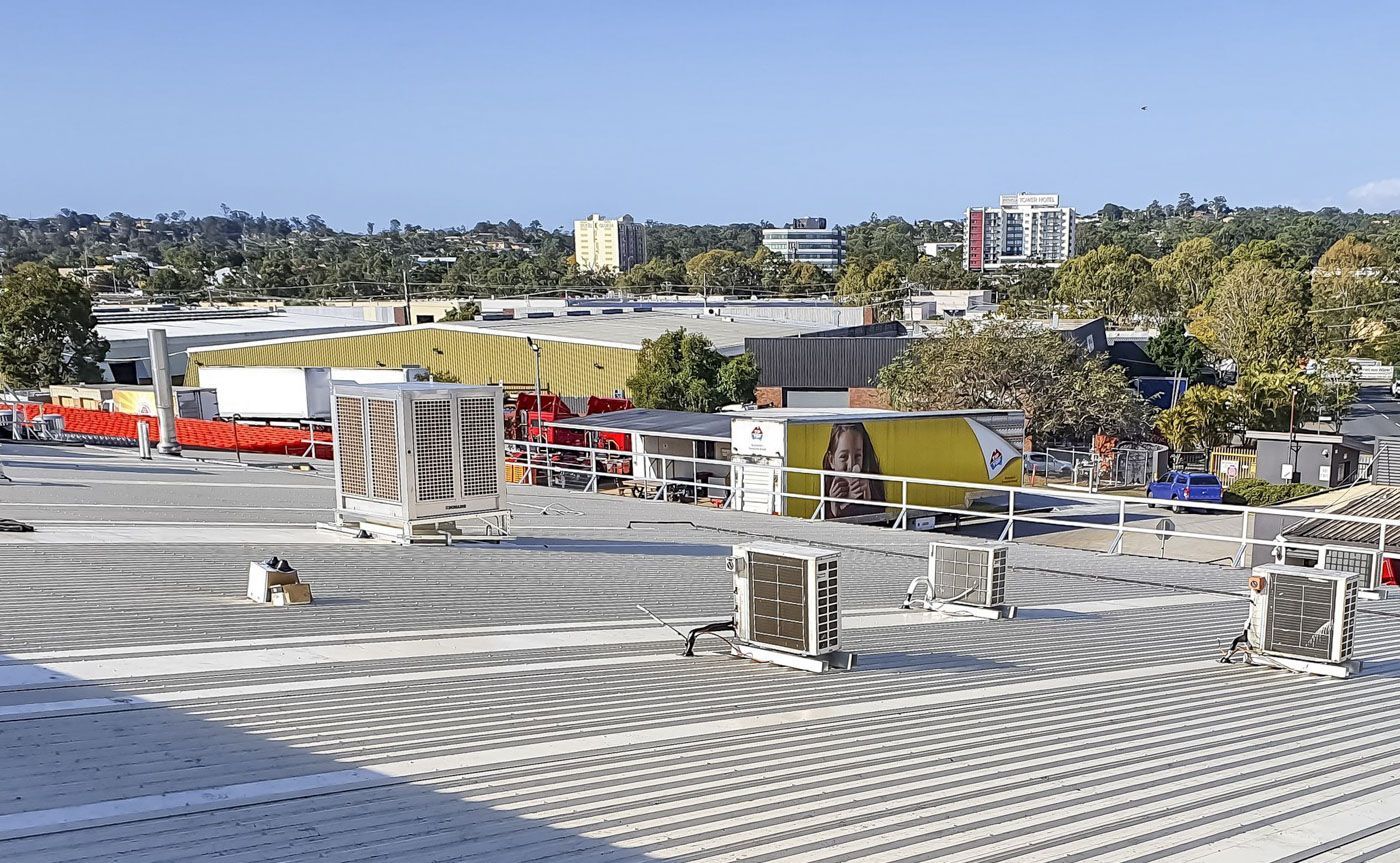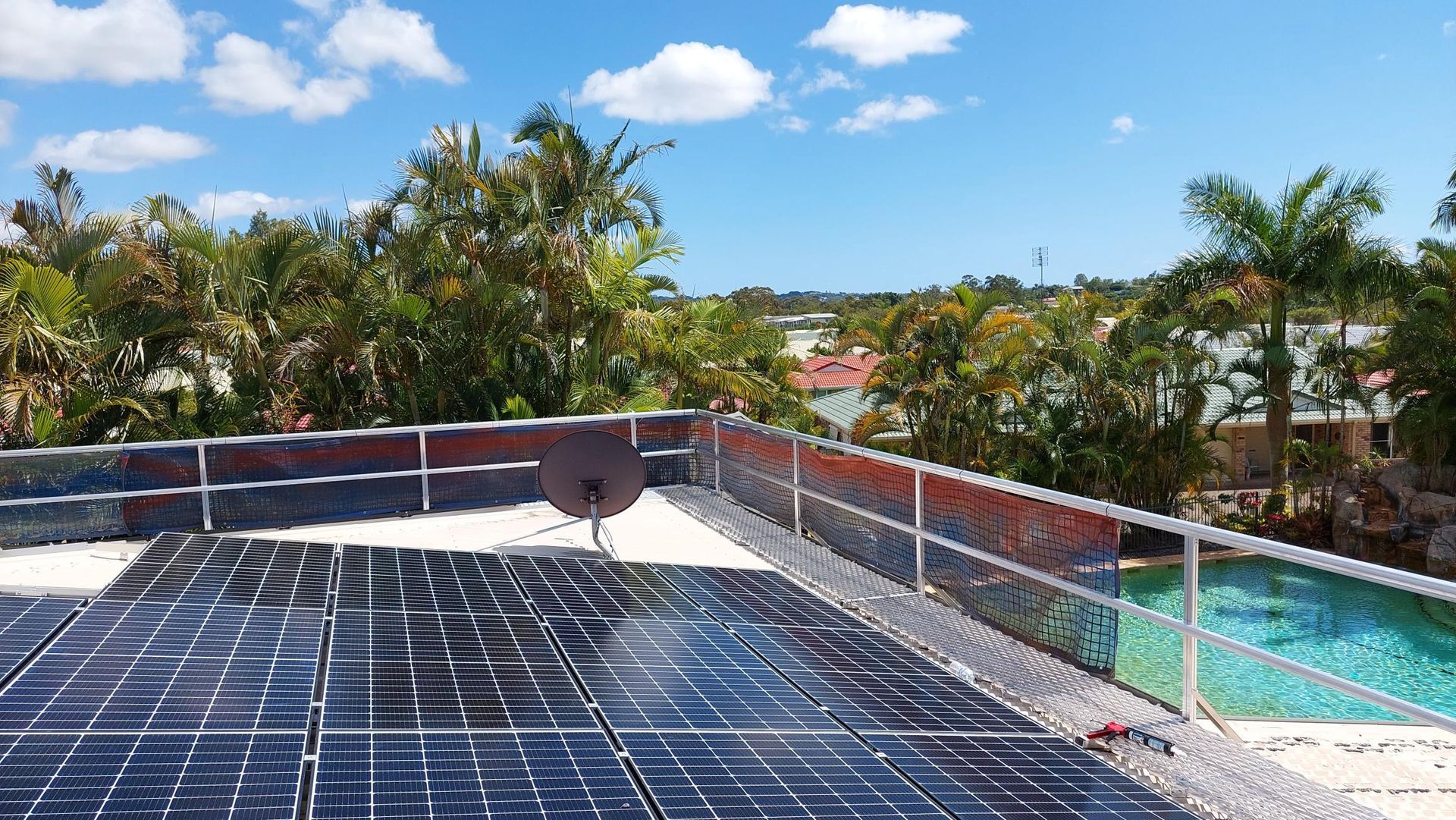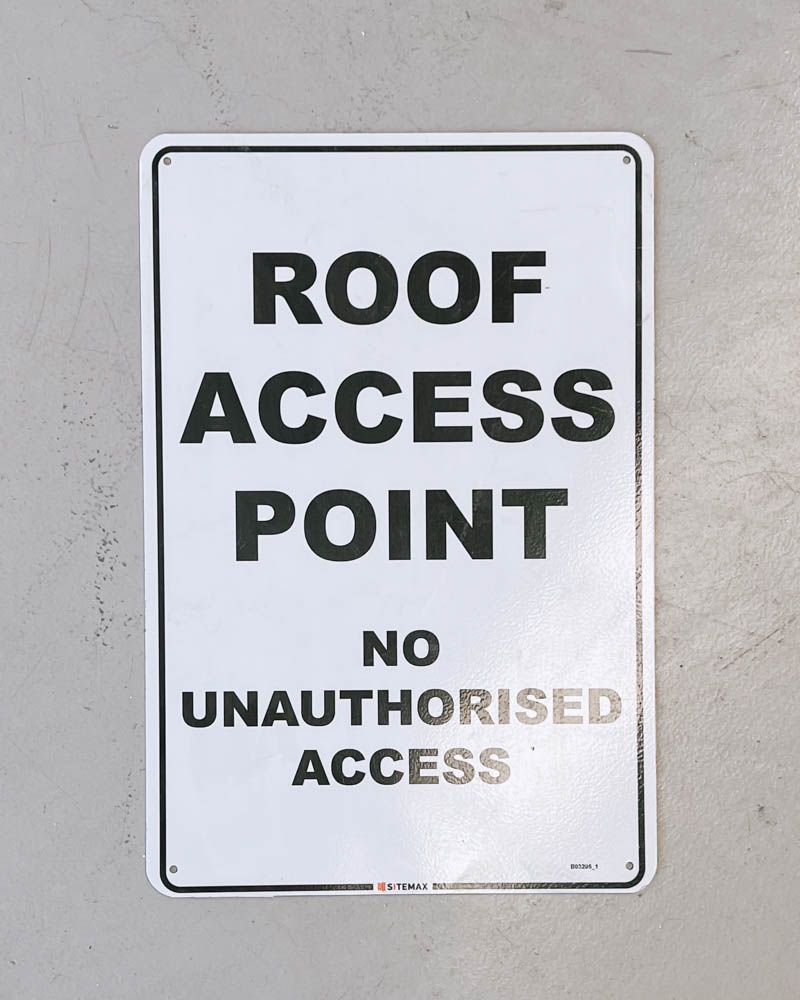Roof Access and Height Safety Regulations Australia
In Australia, regulations for roof safety and maintenance access require comprehensive measures to ensure the safety of workers at height.
Key regulations include:
Regular Inspections and Maintenance
Roof safety systems must undergo regular inspections and maintenance to ensure they remain effective and compliant with safety standards.
Compliance with Australian Standards
Safety systems must comply with relevant Australian Standards, such as AS/NZS 1891.4 for industrial fall-arrest systems and devices, AS/NZS 4488 for industrial rope access systems, and PEHQ (Personal Equipment Height Quality) standards.
Proper Installation of Safety Systems
Safety systems, including guardrails, anchor points, static lines, and access ladders, must be properly installed to provide reliable protection against falls and other hazards.
Training and Certification
Workers must receive proper training and certification to safely use roof access and fall protection systems. This ensures they are knowledgeable about the risks and how to mitigate them effectively.
Documentation and Reporting
Detailed documentation and reporting of inspections, maintenance, and any incidents are required to maintain compliance and ensure accountability.
Regular Audits and Updates
Regular audits and updates to safety systems are necessary to address any changes in regulations, workplace conditions, or identified risks.
By adhering to these regulations, Australian businesses can ensure the safety and compliance of their roof access and maintenance operations, reducing the risk of accidents and enhancing overall workplace safety.

Key Differences in Roof Safety Regulations: Australia vs. the US and Europe
The main differences in roof safety regulations between Australia and other parts of the world, such as the United States and Europe, are primarily in the specific standards and testing requirements.
1. Standards and Guidelines
Australia follows standards such as AS/NZS 1891.4:2009 for industrial fall-arrest systems, which outline the selection, use, and maintenance of roof anchor points. These standards are specific to the region and differ from those used in the US (OSHA standards) and Europe (EN standards).
2. Testing Requirements
In Australia, roof anchor points must meet specific load testing requirements, such as withstanding a load of 15kN for a set duration. This differs from dynamic testing practices in other regions, which may involve different weights and drop tests.
3. Regulatory Bodies
In Australia, Safe Work Australia and state Work Health and Safety (WHS) authorities enforce these regulations.
In contrast, the US follows guidelines from OSHA (Occupational Safety and Health Administration), and Europe adheres to directives from bodies like the European Agency for Safety and Health at Work (EU-OSHA).
4. Compatibility and Material Use
Australian standards provide specific guidelines on material compatibility, such as avoiding direct contact between stainless steel roof anchors and certain roof sheeting materials like Colourbond or Zincalume, which may not be emphasised in other regions.
Regulatory Framework
Australia:
- Governed by Work Health and Safety (WHS) laws at both federal and state levels.
- Key regulatory bodies include Safe Work Australia and State Work Health and Safety Authorities.
United States:
- Governed by Occupational Safety and Health Administration (OSHA) standards.
- OSHA is the primary regulatory body enforcing workplace safety, including roof safety.
Europe:
- Governed by directives from the European Agency for Safety and Health at Work (EU-OSHA).
- Various EN (European Norm) standards apply to fall protection and roof safety.
Key Standards and Guidelines
Australia:
- AS/NZS 1891.4:2009: Industrial fall-arrest systems and devices – Selection, use, and maintenance.
- AS/NZS 5532:2013: Manufacturing requirements for single-point anchor devices used for harness-based work at height.
- AS/NZS 1657:2018: Fixed platforms, walkways, stairways, and ladders – Design, construction, and installation.
United States:
- OSHA 1910 Subpart D: Walking-Working Surfaces.
- OSHA 1926 Subpart M: Fall Protection standards for the construction industry.
Europe:
- EN 795: Protection against falls from a height – Anchor devices.
- EN 353-1: Personal protective equipment against falls from a height – Guided type fall arresters including a rigid anchor line.
Testing Requirements
Australia:
- Roof anchor points must withstand a load of 15kN for a specific duration.
- The standard AS/NZS 5532:2013 requires testing to hold the load for 3 minutes.
United States:
- OSHA standards may involve dynamic testing, such as dropping a 100kg weight from a specific height to test fall arrest systems.
Europe:
- EN standards also involve dynamic testing, with specific requirements for different types of fall protection equipment.
Material Compatibility
Australia:
- Specific guidelines on material compatibility, such as avoiding direct contact between stainless steel roof anchors and Colourbond or Zincalume roof sheeting.
United States and Europe:
- Material compatibility guidelines are also present but may differ in specifics based on local materials and construction practices.
For more details on roof safety regulations in Australia, visit our
Australian Roof Safety Regulations Explained page
The Safetylyne Way
At Safetylyne, we are committed to creating innovative roof safety and maintenance access solutions tailored to meet the evolving needs of our clients.
As your trusted partner, we provide specialised expertise in proprietary engineered systems and custom access solutions, simplifying the complexities of access requirements.
Contact the Safetylyne team, experts in height safety, to explore customised solutions for your height safety and maintenance access needs.
Reach out to us at
info@safetylyne.com.au
or call
1 800 666686 .

